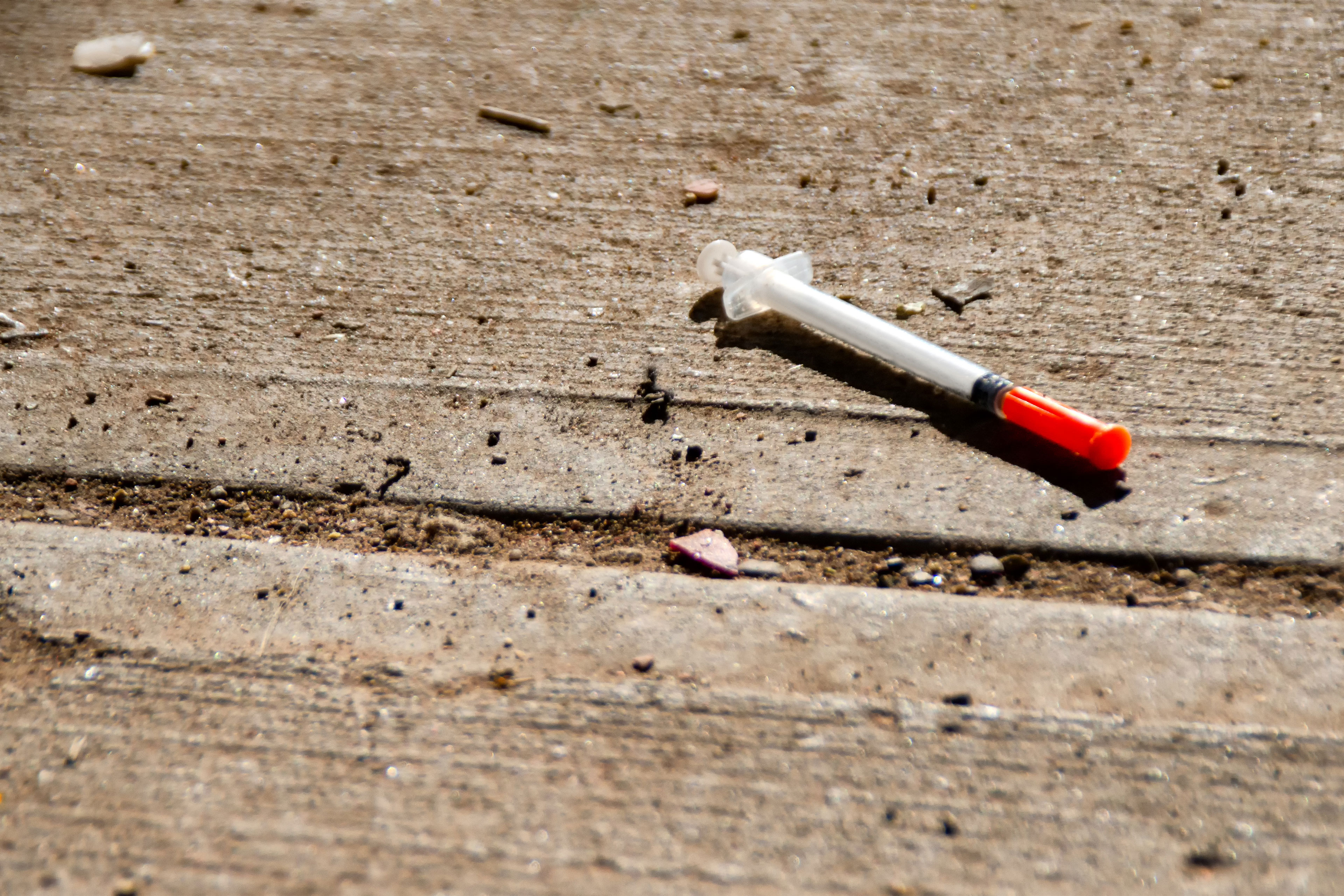This post was originally published on this site

SAN FRANCISCO — When the city’s medical examiner announced in February that four people who had recently died of overdoses had the animal sedative xylazine in their systems, public health workers across the state sprang into action.
Drug dealers on the East Coast had in recent years begun mixing xylazine, which can have devastating effects on people, with the opioid fentanyl, causing a surge in emergency room visits in Philadelphia and other cities. But there had not been much evidence of it in California.
Now state and local officials are ramping up efforts to combat xylazine, commonly called “tranq,” by monitoring its spread, distributing test strips, and pushing to “schedule” it, meaning classify it as a controlled substance. Still, some worry it will be hard to prevent the pernicious drug — which has also begun appearing in Los Angeles, Santa Clara, and San Joaquin counties — from worsening the state’s overdose epidemic.
“Unless significant change happens in scheduling xylazine and really reducing its availability, we could be on the heels of what’s happening on the East Coast,” said Jeffrey Hom, director of population behavioral health at the San Francisco Department of Public Health.
Hom, who previously led overdose prevention services in Philadelphia, said San Francisco’s public health department is collaborating with the medical examiner, the San Francisco AIDS Foundation, the city’s fire department and homeless and supportive housing agencies, and methadone clinics and hospitals to collect data, share updates, and conduct regular testing for xylazine.
“We’re trying to think through how do we develop a system that can surveil for drugs like xylazine — or whatever the next drug will be,” Hom said.
The California Department of Public Health is monitoring news reports of xylazine and has posted an issue brief about it, but a spokesperson told KFF Health News it does not yet have a “standardized and uniform statewide monitoring system.”
Xylazine is a cost-effective way to extend the strong yet short-lived fentanyl high, said Philippe Bourgois, a UCLA anthropology and social medicine professor and co-author of the book “Righteous Dopefiend,” the product of a 10-year immersion in San Francisco’s heroin and crack street culture. But the trade-offs can be catastrophic.
Taken on its own, xylazine is so powerful it can knock a person out for up to 18 hours, said Bourgois. In Philadelphia, people who use tranq are getting “concrete burns,” which are similar to bedsores but are caused by lying passed out on the sidewalk for long periods, he added. Xylazine also has necrotizing effects that rot the skin and lead to amputations.
Most troubling of all, Bourgois said, is that xylazine constricts breathing, increasing the risk of an overdose when it’s mixed with fentanyl. By itself, it doesn’t respond to the overdose reversal drug naloxone, which has been one of the state’s key tools in trying to reduce overdose deaths. But since xylazine is often mixed with fentanyl and other opioids, health authorities advise using naloxone to respond to suspected overdoses.
“Xylazine is a disastrous drug,” Bourgois said. “Public health has to get ahead of this tragedy.”
About a dozen people who smoke or inject fentanyl and live on the streets of San Francisco told KFF Health News they are at the mercy of what drug dealers sell and have little insight into what’s actually in the drugs. They said they’ve never used xylazine knowingly and didn’t want it in their drugs.
Kris Franklin, 41, has been buying fentanyl in San Francisco for five years and acknowledged she’s gambling with her life. She’s lost count of the friends and acquaintances who have died from overdoses or street-related illnesses but estimates it at around 40 people.
“I’m scared it’s going to be in my dope,” Franklin said of tranq. “You don’t know what you’re getting. … It’s not like a prescription from a doctor.”
Rep. Jimmy Panetta (D-Calif.), whose district includes Santa Cruz and Monterey, introduced federal legislation in March to make xylazine a controlled substance.
“It gives our law enforcement the tools that they can use to crack down and hopefully remove this type of deadly combination of fentanyl and xylazine off the streets,” Panetta said of the bill. “I think we got a good chance of getting this passed this year.”
Governors in Pennsylvania and Ohio are using their executive powers to restrict access to xylazine. In California, lawmakers are wrestling with several measures that would increase penalties for fentanyl dealers, but none address xylazine.
One potential downside to any crackdown is that it could make it much harder for veterinarians and other customers to obtain the drug for their animals. And the FDA said late last year that it was not known whether tranq was being diverted from the animal supply or manufactured illicitly.
Siddarth Puri, associate medical director of prevention at the Los Angeles County Department of Public Health, noted that the data was sparse but that xylazine was likely more widespread than is known.
Puri and his public health colleagues learned only recently, from a Los Angeles Times report, that county law enforcement officials had been spotting xylazine in the fentanyl supply for years. The county Sheriff’s Department recently launched a pilot project to track the presence of the drug.
“There are probably hundreds of other illicit synthetic substances that are being cut into the drugs that we don’t know about yet, and we don’t know how they’re going to impact people,” Puri said. “Right now, the spotlight is on xylazine.”